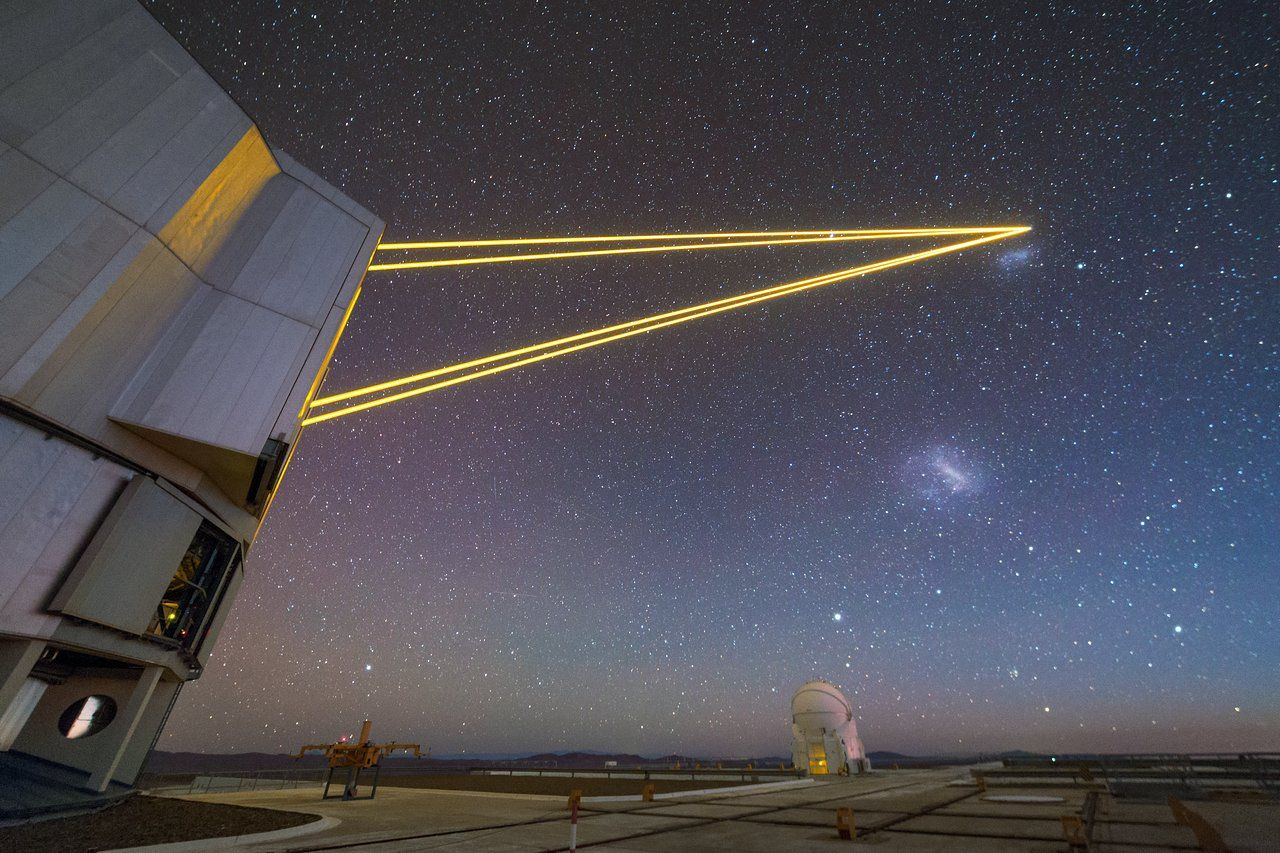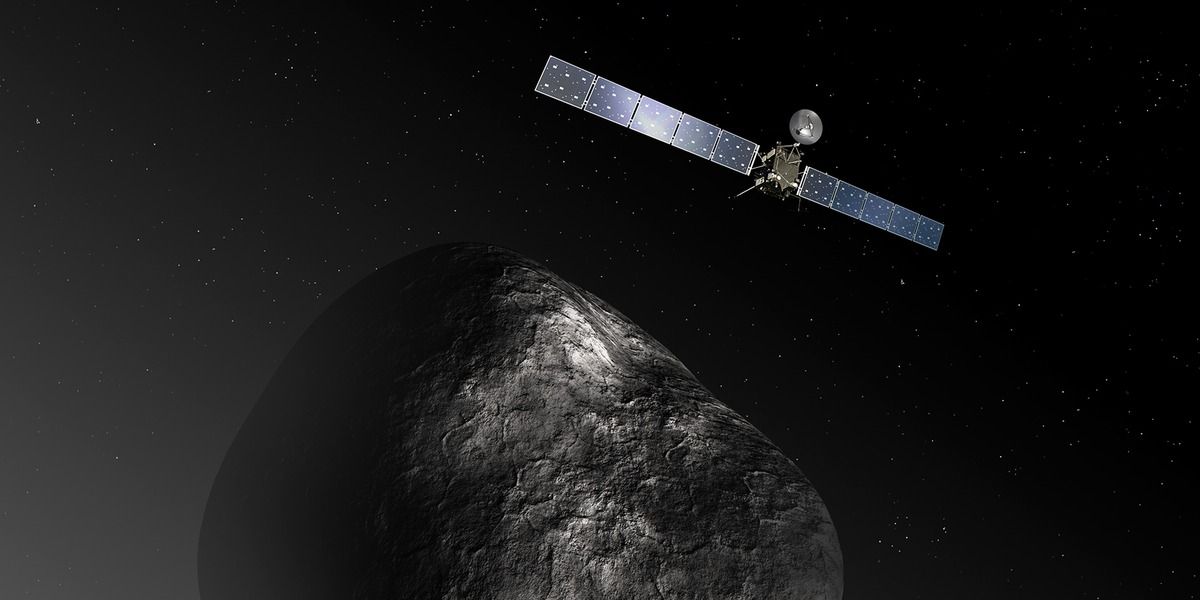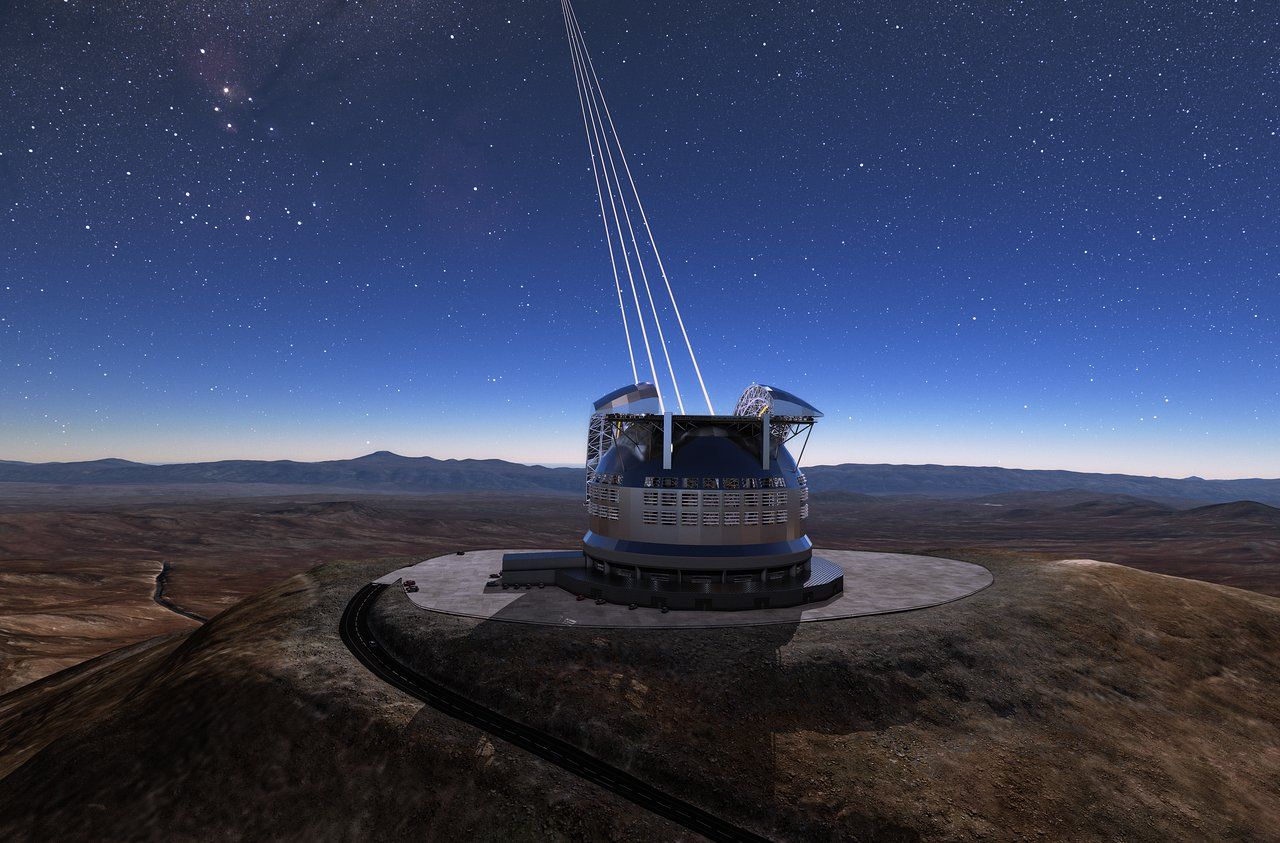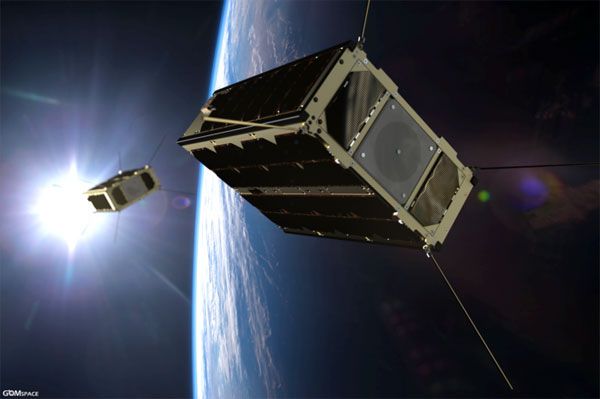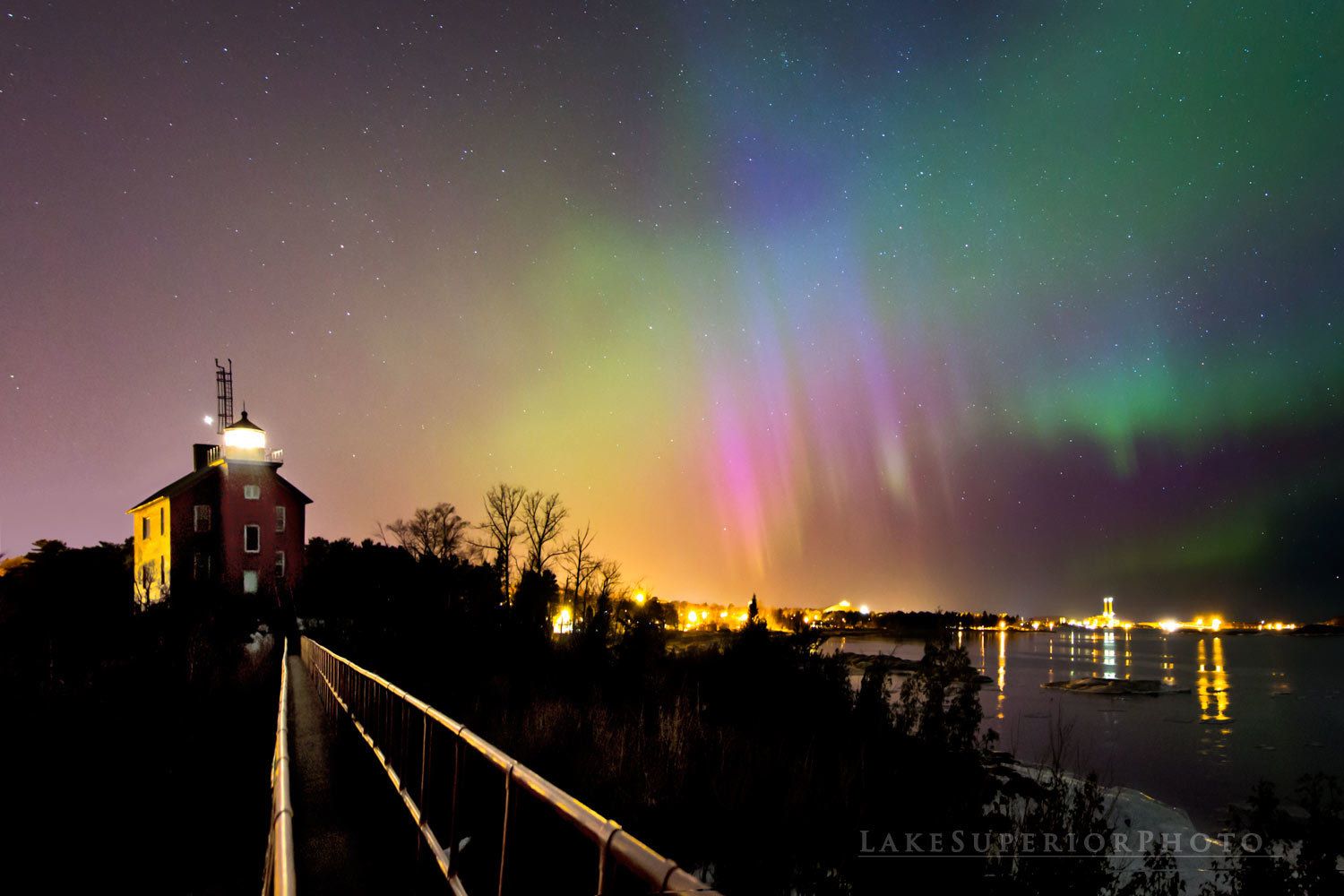STOCKHOLM (GomSpace PR) — As part of a mission to demonstrate interlink communication on nanosatellite tandem formation flights and data retrieval, including surveillance of the Arctic area, the Danish nanosatellite specialist GomSpace launched two nanosatellites in February.
Twelve weeks later, GomSpace for the first time showed the possibility of live data capture from the two nanosatellites in space at a press conference held in Aalborg, Denmark. At the same time, the press conference marked the official transition to the so-called demonstration phase, following the mission’s test phase. The latter has thus been successfully completed, and the mission is now ready to carry out its scheduled tasks.
On February 2, 2018, GomSpace launched two nanosatellites mounted on the Chinese missile Long March 2D from a launch station in the Gobi Desert. The objective of the two nanosatellites, based on GomSpace’s 6U platform, is in part to monitor the Arctic area. It is an area where ice has melted significantly in recent years, meaning that the area sees more and more activity in the shape of aircraft and ships, researchers and tourists.
